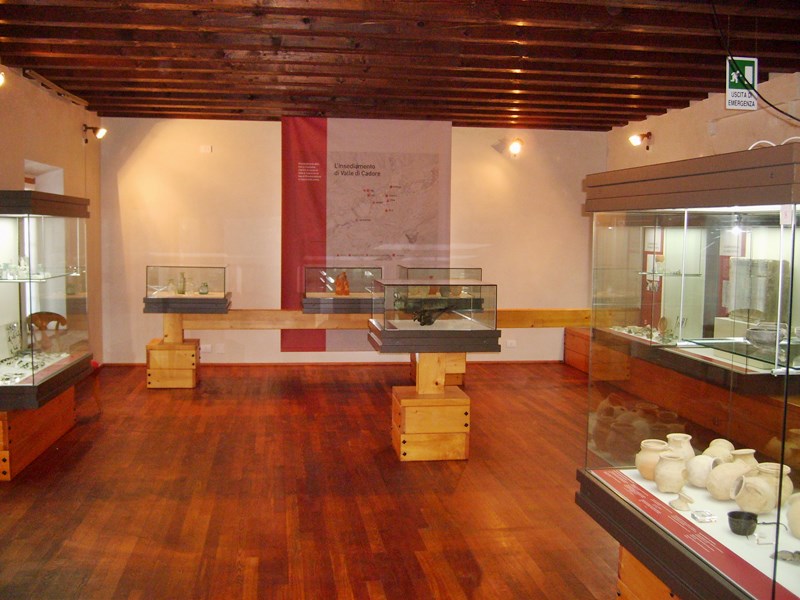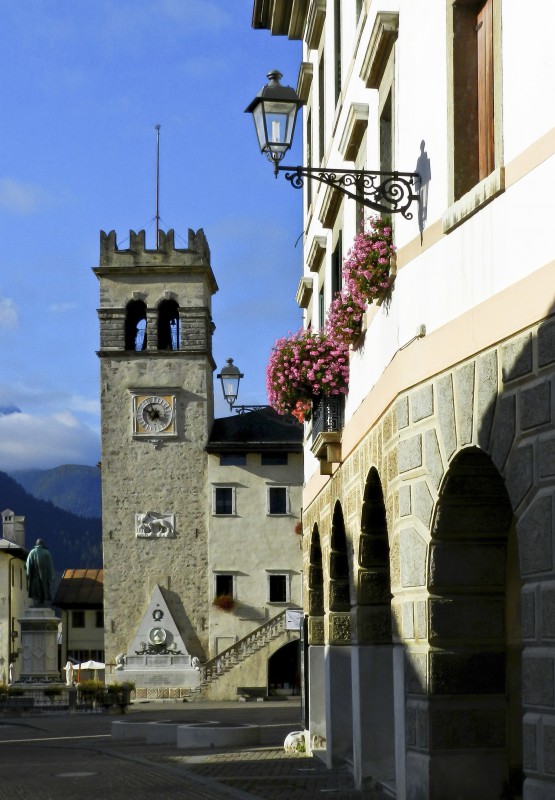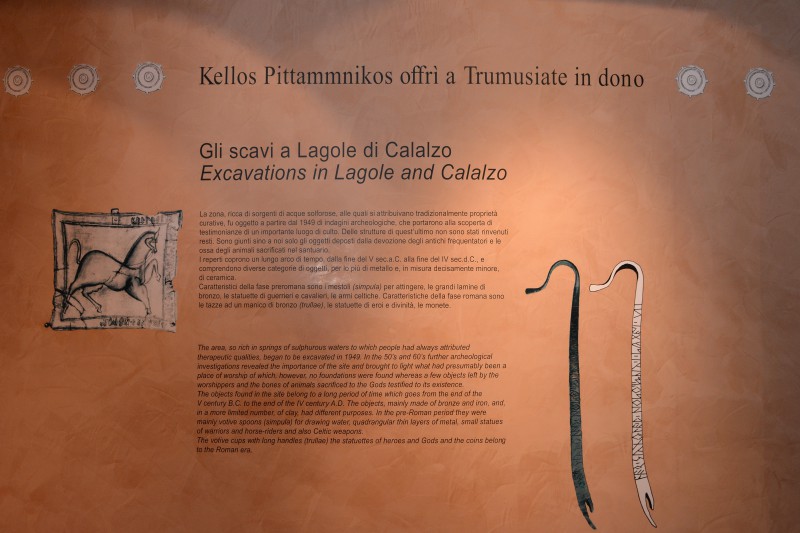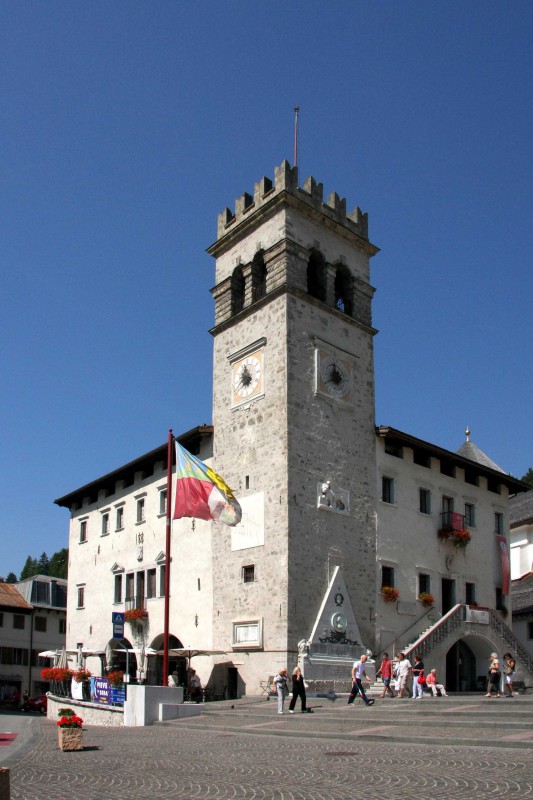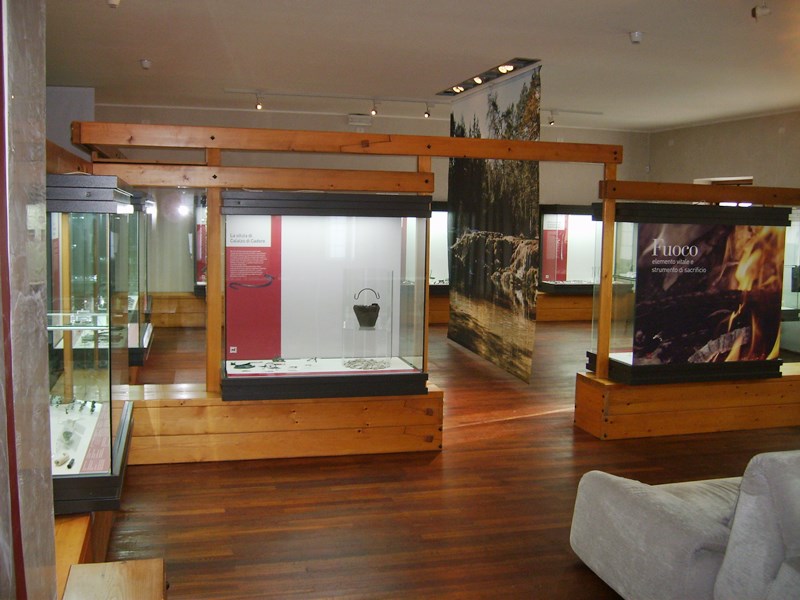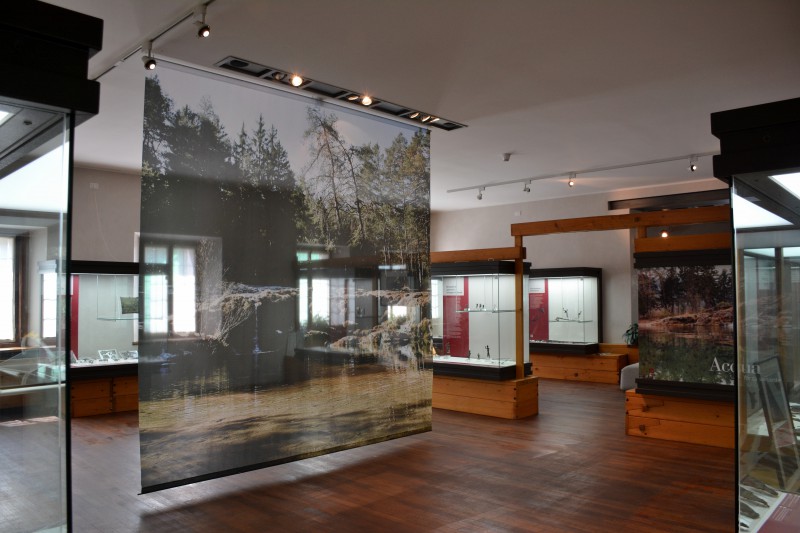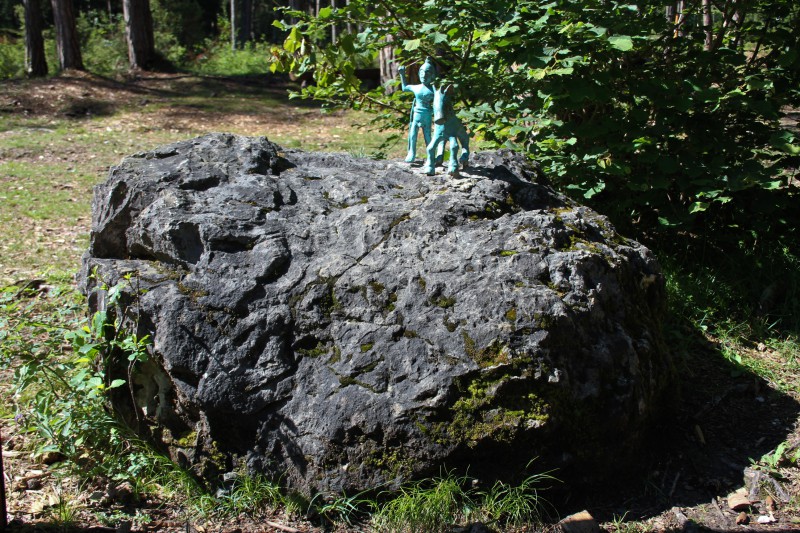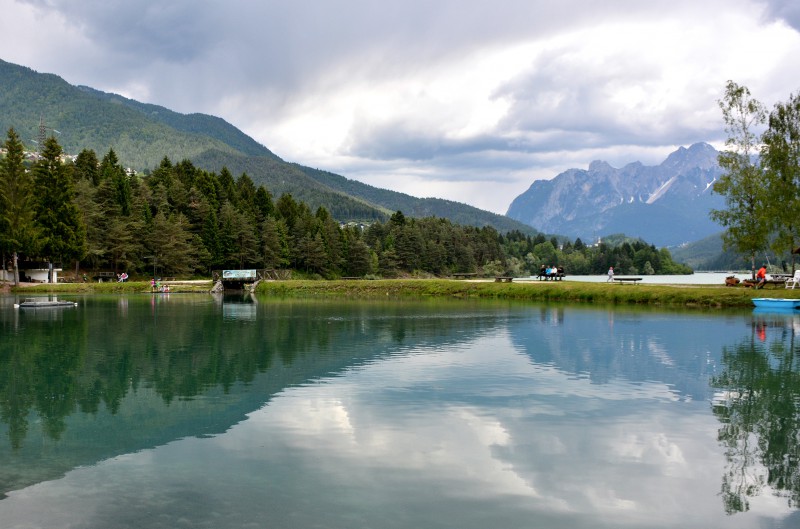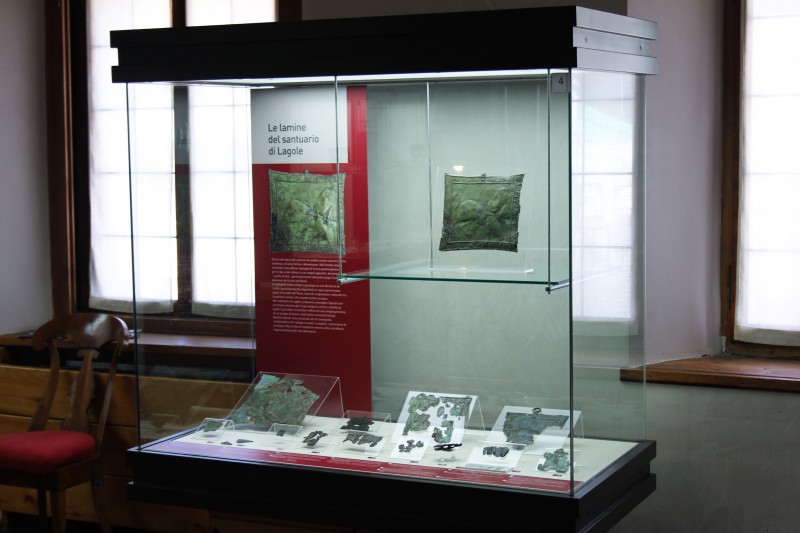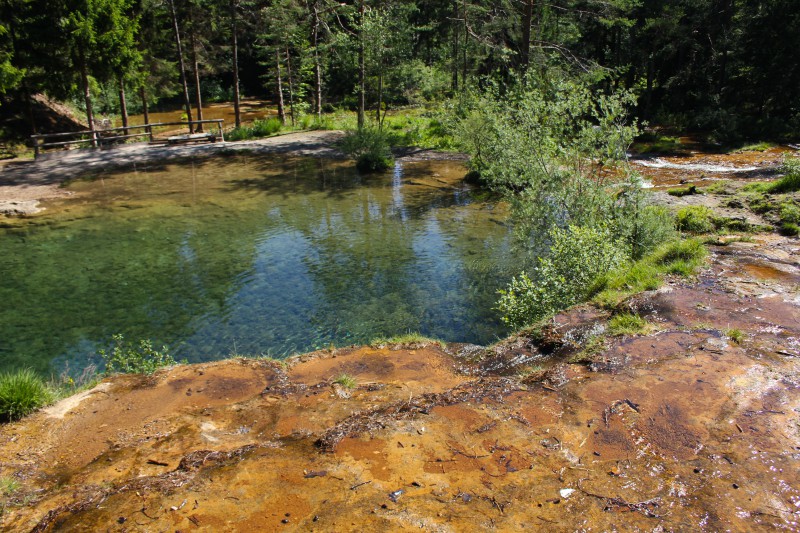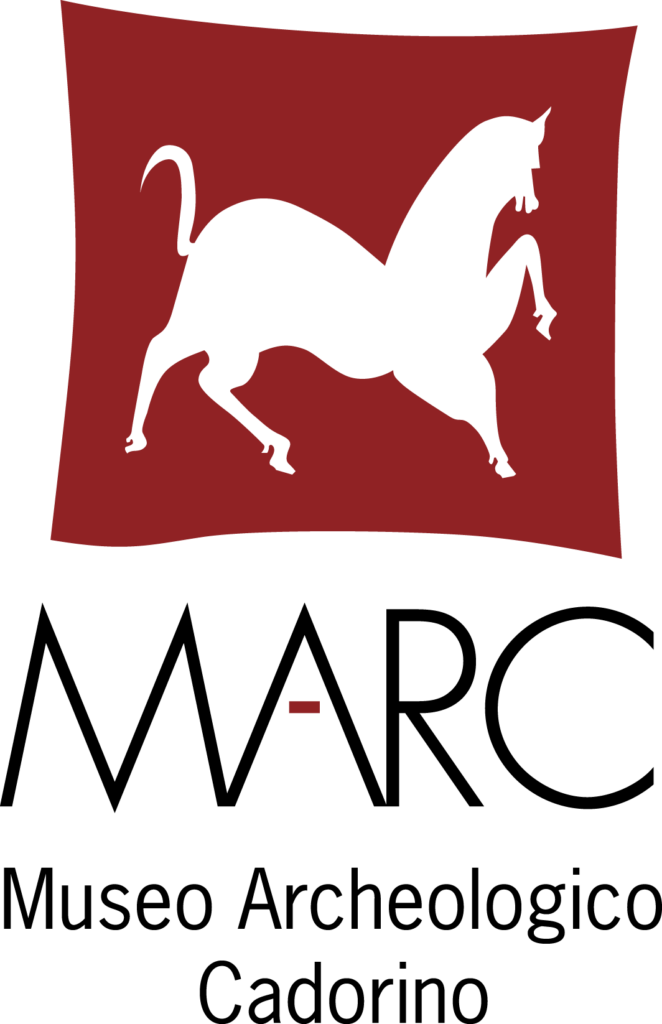
The Museum Network: culture and territory to be promoted and safeguarded.
In the historic building of Magnifica Comunità di Cadore in Pieve di Cadore is located the Archeological Museum, which collects the testimonies of the past of the Cadore region. It is a pleasant exception for the Dolomites area to have such an important museum: in fact, pre-roman remains are preserved in it (starting from the 6th century BC) e roman remains very important found after the second World War, which allow us to reconstruct large fragments of ancient history. Through these finds we can not only draw a precise picture of the human settlements in the area, but we aro also allowed to make a good contribution to the knowledge of the Venetic civilization.
The museum preserves a remarkable archaeological collection of finds coming especially from the territory that goes from Valle to Calalzo. During the archaeological dig campaigns in the site of Lagole in the municipality of Calalzo bronze statuettes of paleo-Venetian type and a set of handles of simpulum with votive inscription emerged from the ground. So it was discovered the ancient sanctuary of Lagole, located in one of the most beautiful areas of central Cadore, rich of sulfur springs that gave to the water medicinal qualities. Following the revelations of Lagole, in the succeeding decades countless other artifacts were discovered in the territory, which actually form part of the collection of the cadorino museum: in 1954 in Pieve di Cadore were discovered the ruins of a Roman villa of III century d.C. , with mosaic floor, currently placed in the museum, and a hypocaust heating system which provided for the circulation of hot air within cavities placed in the floor and in the walls of the place to be heated. Between Sixties and Seventies the museum was enriched by the many discoveries that took place in the Valle di Cadore area, which was repeatedly subject to investigation by scholars of archeology and philology for its location as a crossroads of the roads of Cadore. Among the pre-Roman and Roman materials, there is a bronze situla with a votive dedication in the Venetian language and alphabet, bowls and handles of simpula in bronze, a distaff in amber, as well as countless commonly used objects such as nails, weapons, chisels and various tools. Of particular interest among the materials are two Freudenberg-type axes dated between the 14th and mid-12th century BC, which bear witness to a hinge between the Alpine world and the Po valley area. Other elements are the iron skewers and bronze ladles attesting to the ritual practice of the banquet and libation, small bronzes of offerers, praying or warriors, bronze plates, inscribed and figurative, iron weapons.
Open every day in July, August and until 10 September 2023
Morning: 9:30 a.m. / 12:30 p.m.
Afternoons: 15:00 / 18:00
From 11 September until 31 October open Tuesday to Saturday
Morning: 9:30 a.m. / 12:30 p.m.
Afternoons: 15:00 / 18:00
From November until 8 December open by reservation
– FULL PRICE: 6,00 €
– REDUCED: 4,50 € (groups over 10, students, over 65, journalists, FAI card)
– CUMULATIVE with Museo dell’Occhiale-Casa Tiziano- Marc: 8,00 € (offer valid for all)
– FREE OF CHARGE Mayors and administrators of the 22 municipalities of the Cadore area; Councillors of the Magnifica Comunità; Disabled citizens and one accompanying person; Pupils visiting schools in the Cadore area; Children up to 6 years of age; Teachers and tutors; Journalists with badges; Cadore residents under 25 years of age; ICOM members; On the occasion of special events
A GUIDED TOURS service is available (€ 50.00 per hour)
Reserved parking 100 metres away and the possibility of temporary parking near the building.
– Lift on call
– Internal stairs with access ramps
– Bathroom for the disabled

